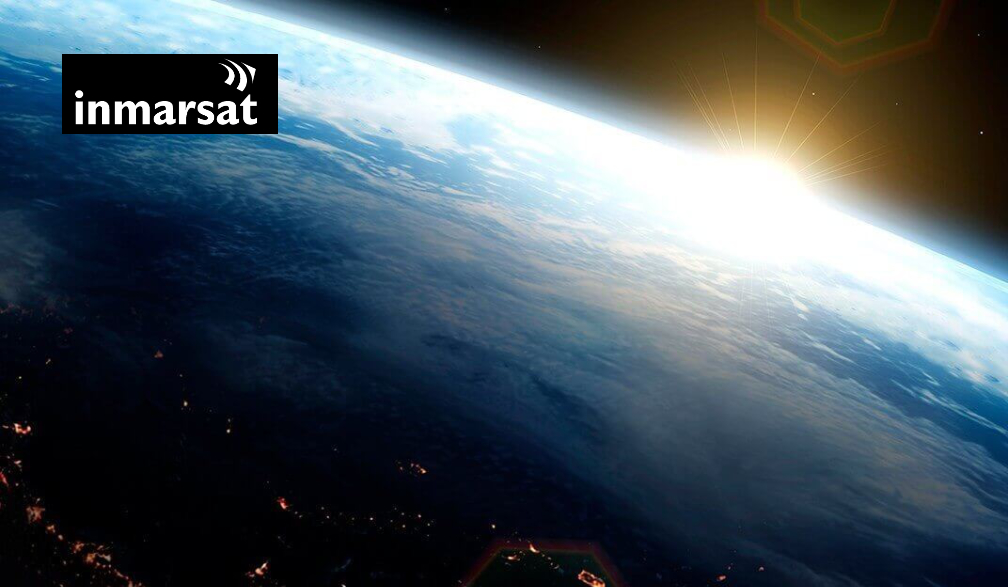
London-based Inmarsat says it is going to dramatically expand its existing Global Xpress (GX) fleet with extra satellites. In total, Inmarsat will see seven new satellites delivered over the next three years.
Inmarsat GX network currently includes five geostationary satellites, with four built by Boeing. Its GX5 satellite, built by Thales Alenia Space, was brought into commercial service on December 10, 2020, over Europe and the Middle East.
The new scheme allows for five more satellites plus two GX payloads on two third-party satellites.
The expansion will result in delivery of two Inmarsat-6 constellation satellites, GX6A and GX6B over the next two years. The first of these Airbus Defence & Space-built satellites is due to be launched by Mitsubishi Heavy Industries later in 2021. The second is planned to be launched by SpaceX in 2022.
These will be followed in 2022 by GX payloads on two satellites operated by Space Norway Heosat. GX10A and 10B will be placed into highly elliptical orbits ensuring continuous coverage above 65° North.
These two Northrop Grumman-built payloads will expand Inmarsat’s high-speed mobile broadband into the Arctic region enhancing connectivity along the northern ocean routes being increasingly used for global trade.
Then, in 2023, Inmarsat expects to launch three more Airbus Defence & Space-built satellites – GX7, GX8 and GX9 – its first software-defined constellation for global mobile connectivity.
Inmarsat stated each satellite will deliver double the capacity of the entire current, in-service GX network (GX1-5). They will simultaneously generate thousands of independent spot beams of different sizes, bandwidths and power that can be reconfigured and repositioned across the globe.
With these satellites, Inmarsat can respond to peaks in customer demand instantaneously and with pinpoint accuracy, and provide overlapped capacity over regional hot spots.
“Global Xpress has had a major impact across multiple industries over the past five years, but the service has only just started to demonstrate its capabilities,” said Inmarsat CEO Rupert Pearce. “When our global network of partners and customers adopt GX, they are doing so as a long-term investment and we believe it is our responsibility to ensure this commitment is protected. To ensure we deliver additional capacity ahead of the demand curve, we are in the process of delivering against the most ambitious technology roadmap, the largest, fully funded investment strategy in our history. This will see not just a transformational increase in GX capacity but will also guarantee our partners and customers have access to a new generation of GX capabilities and ever-increasing broadband speeds, which will include the world’s first dedicated broadband services for the Arctic region.”

